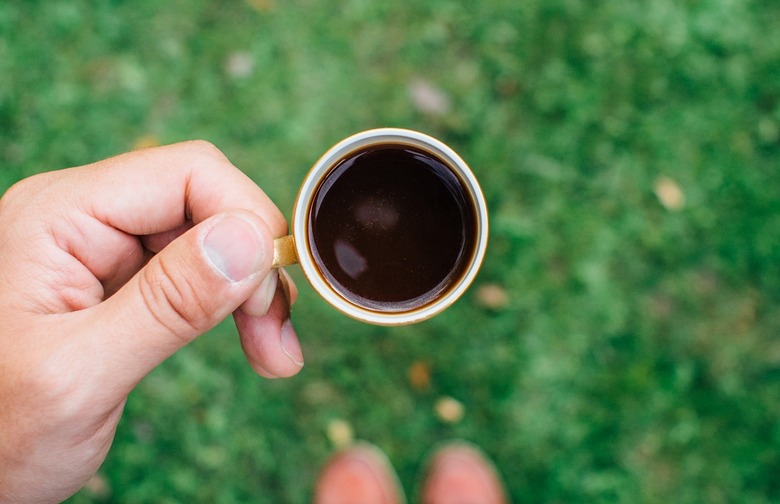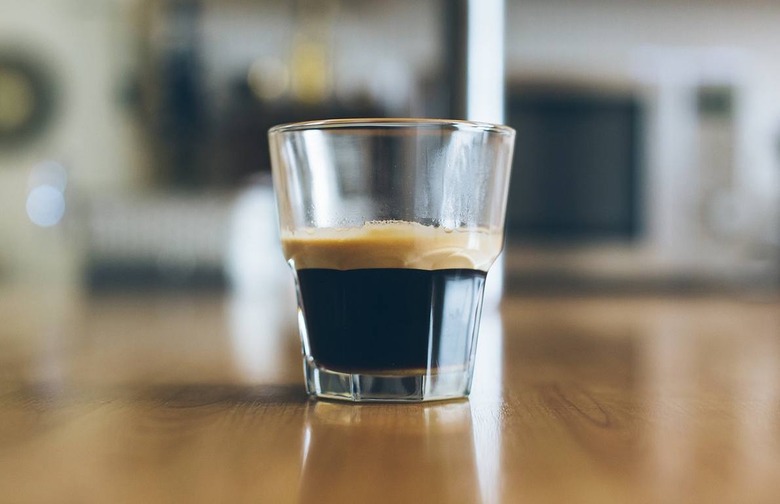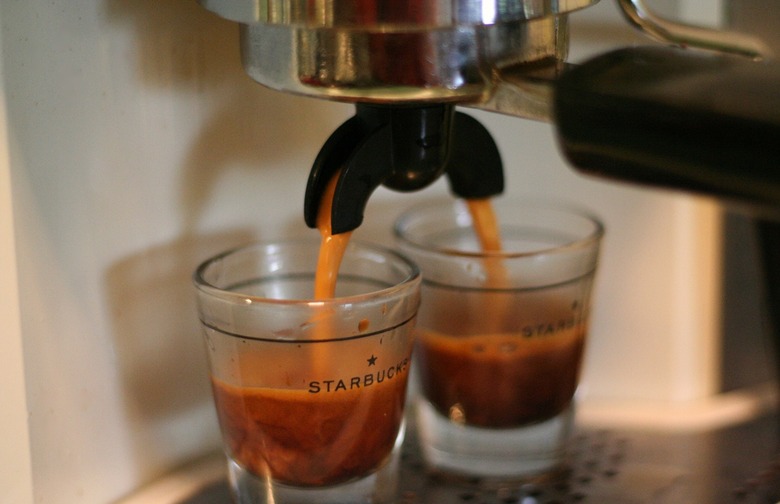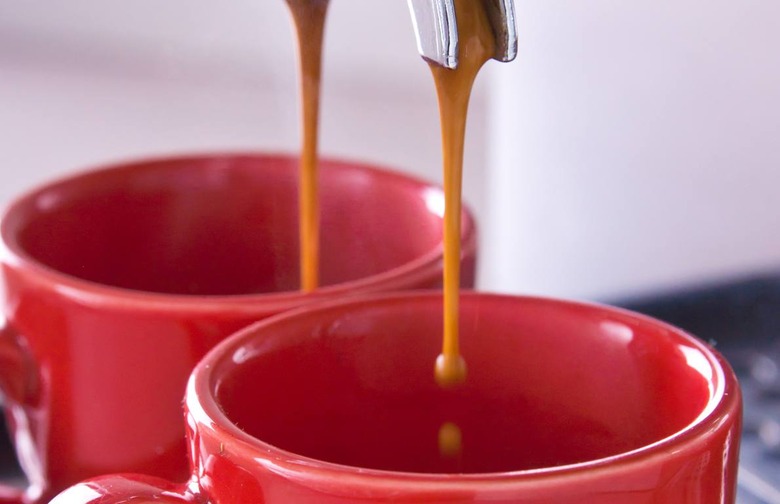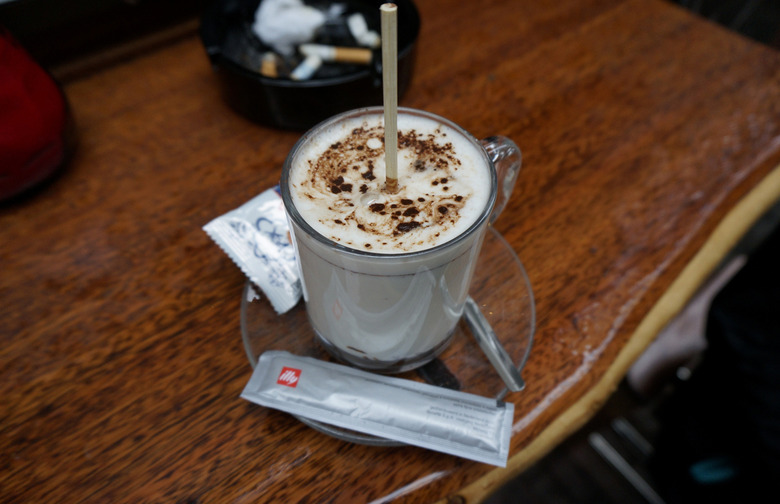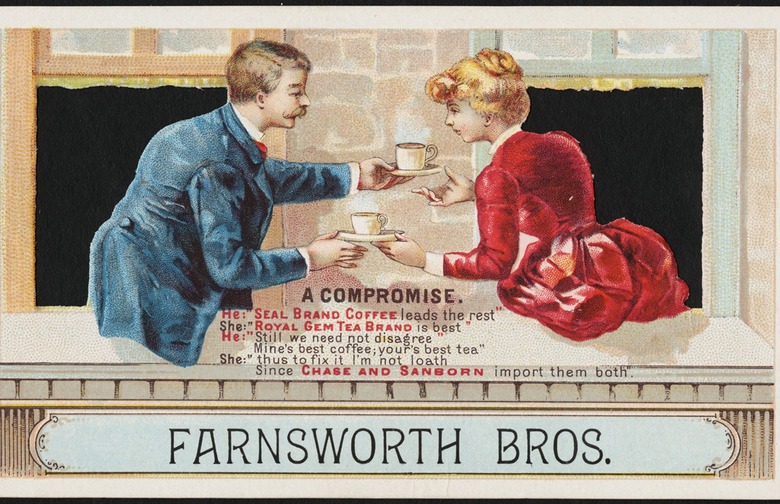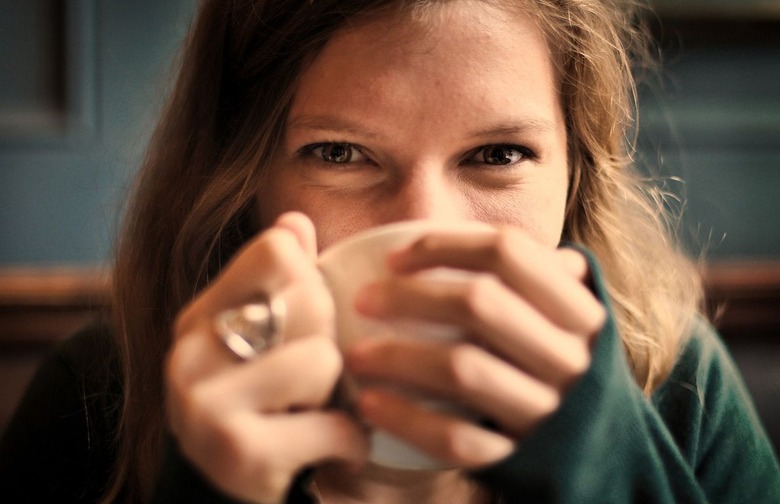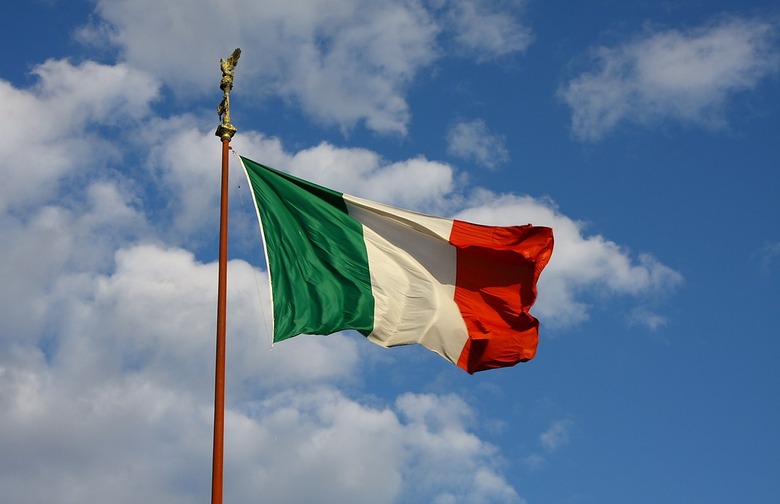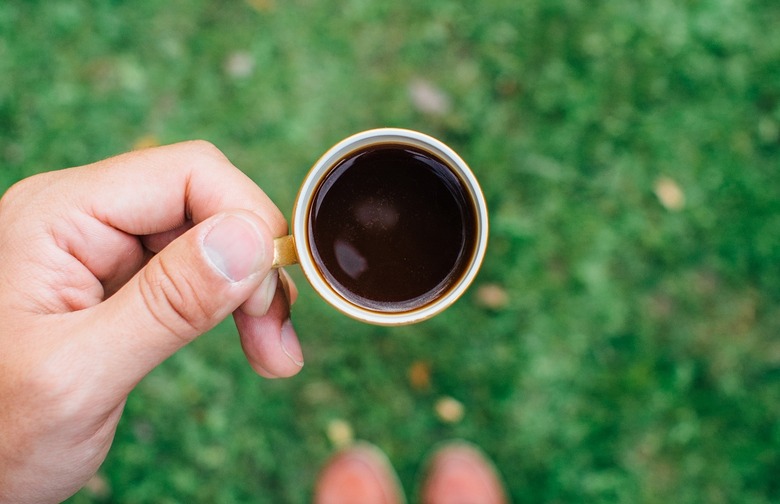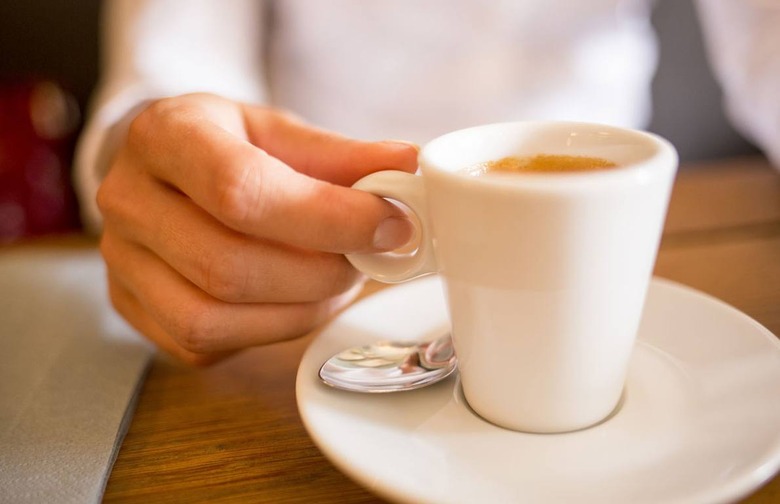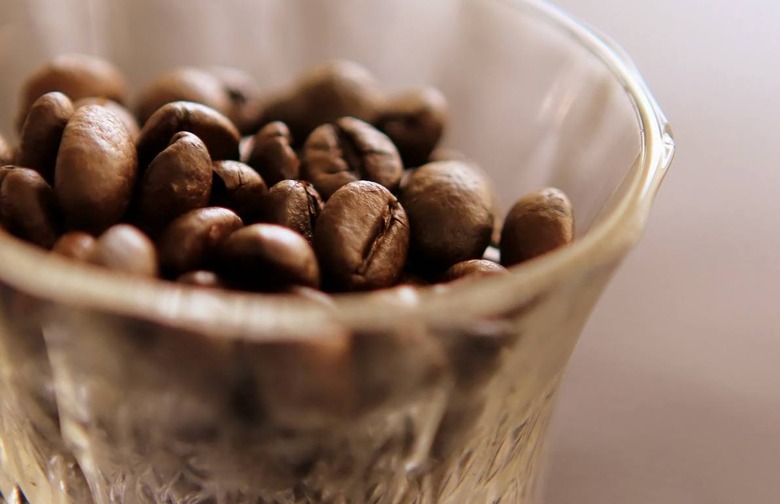10 Things You Didn't Know About Espresso
Despite the mechanics of the machine used to make espresso, many coffee lovers will tell you that making the perfect espresso is as much an art as it is a science.
There are four factors to consider when it comes to making a great shot of traditional, Italian espresso: macinazione (or, the proper grinding of the beans), miscela (the coffee blend), macchina (the machine), and finally mano, literally "hand," meaning the person actually manning the machine. If we're talking true Italian espresso, these four M's are an absolute must. Let's break it down.
Beans for an espresso should be ground to order. It is rare that an Italian barista will serve espresso made from beans that have gone through a pre-grinding process. The grind should be uniform and fine. And, of course, should come be based on good, dark-roasted beans. The blend is up to you.
Almost every Italian household will have a stovetop percolator called a moka that works by passing boiling water pressurized by steam up through a funnel, over the coffee beans, and into a waiting pot. A very different kind of machine is the much more elaborate steam-, piston- or pump-driven appliance found in bars and restaurants.
Finally, the person actually in charge of making the coffee must know what he or she is doing. The right amount of coffee must be added to any machine and the perfect temperatures of every element from water to the inside of the cup must be achieved. Even the barometric pressure can affect the espresso-making process — and while that's outside human control, serious baristas in Italy will adjust their machines according to the barometer.
Who knew there was so much to learn? Here are 10 more things you didn't know about espresso.
Espresso Has No Set Taste
Just like wine, there are different elements that come together to develop the taste of a cup of espresso. Different regions' beans, the amount of water, the pressure used, and the crema (the thin layer of foam formed by the pressurized coffee going into the cup) are all factors in how an espresso will taste. The term espresso refers to just the style of preparation.
It Doesn’t Have More Caffeine Than Traditional Drip Coffee
Espresso is a concentrated version of coffee, so it does have more caffeine per unit volume, but the serving size is much smaller. The smaller the cup, the smaller amount of caffeine.
It Has Three Components
The crema (or top layer that is thin, sweet, and foamy), the body, and the heart make up the components. The heart is the bottom of the shot that contains the bitterness commonly associated with espresso.
It Should Be Stirred
A great tasting espresso is achieved by mixing its components. The bitterness of the heart balances out the sweetness of the crema. Give it a quick stir before drinking.
It Was Invented in the Early 1900s
During Italy's Industrial Revolution, factory bosses wanted to shorten coffee breaks for workers they felt were dilly-dallying over too big a cup. Eager to answer solve the problem, Luigi Bezzerra built a machine that could make a concentrated cup of coffee in as little as 30 seconds. The pour was shorter but the taste and power were much stronger. That is when the first single-serve espresso machine was created.
It Will Start to Lose Flavor Within Minutes of Being Brewed
This is why many Europeans drink espresso like a shot rather than sip it like coffee.
It’s Regulated by the Italian Government
This is because it is considered an essential part of the country's daily lifestyle. It's as simple as that. In order to regulate it, the government simply oversees its consumption and prices. Standing at the bar? Good, because the cost of espresso is a lot more expensive if you ask to sit at a table.
Not Just Any Cup Will Do When Making and Drinking Espresso
The cup should be larger than 2 ounces, which is enough to hold a one and a half ounce pour of espresso (or one shot). If a cup is too large, the espresso will cool down too quickly.
The Ideal Brewing Temperature for Espresso is 190 Degrees F
And, to serve a perfect espresso, your porcelain cup should be warmed to between 160 and 165 degrees. Careful, it's hot!
There Is No Such Thing as an Espresso Bean
Espresso is actually a type of brew that forces high-temperature water through finely ground beans. You can make espresso out of any coffee beans, as long as they're dark roasted. The grind and preparation are what makes it espresso.
